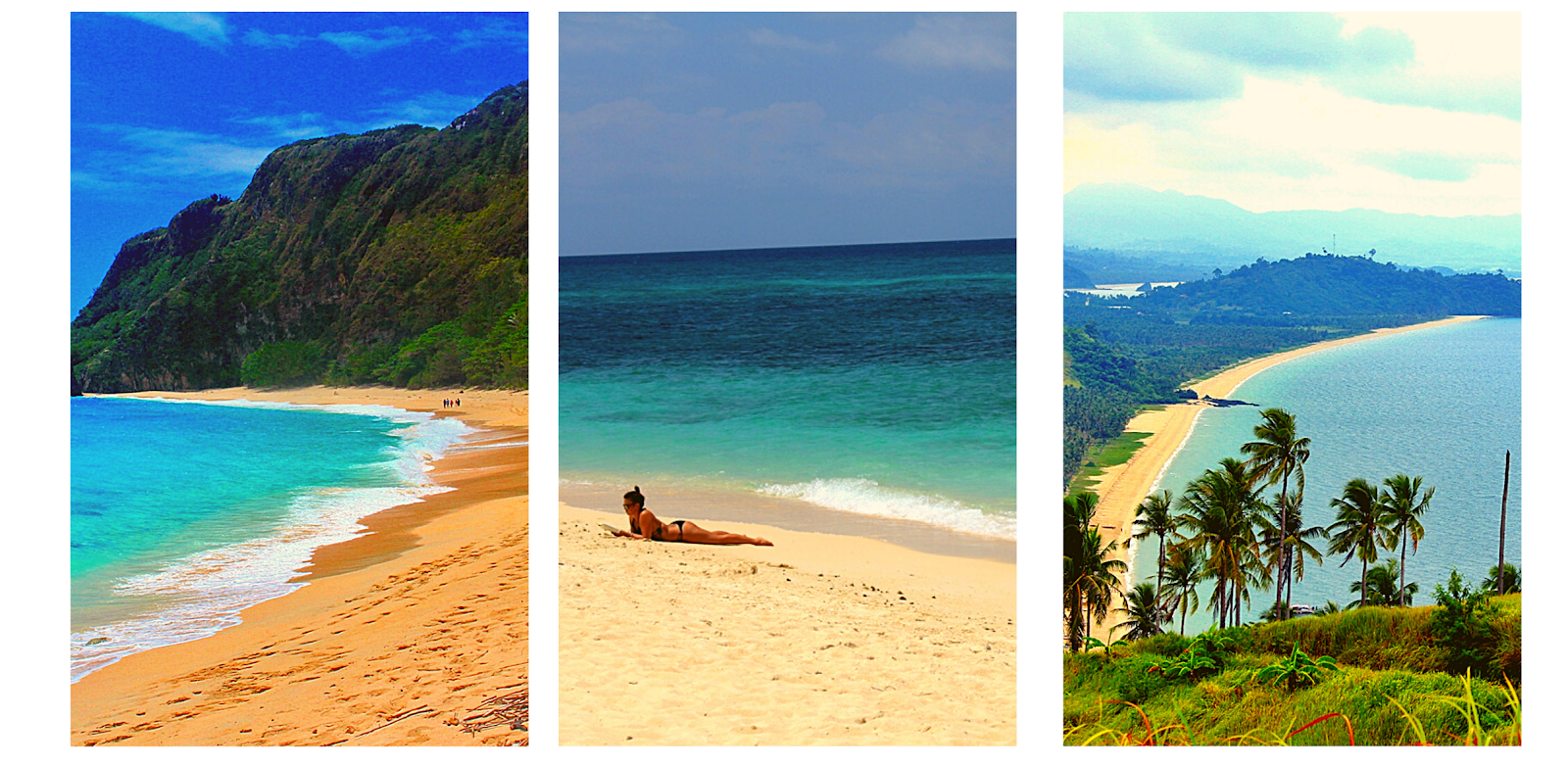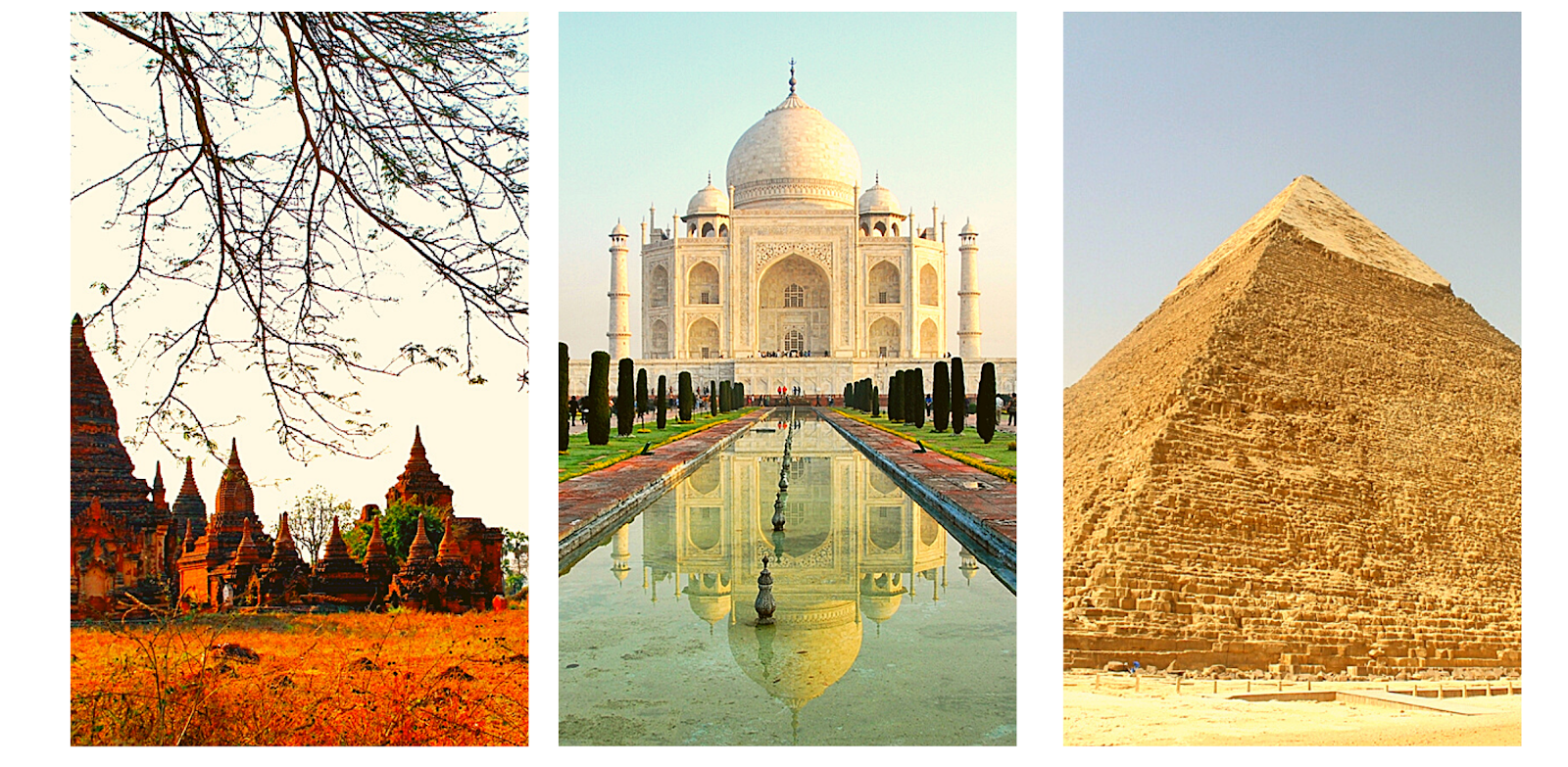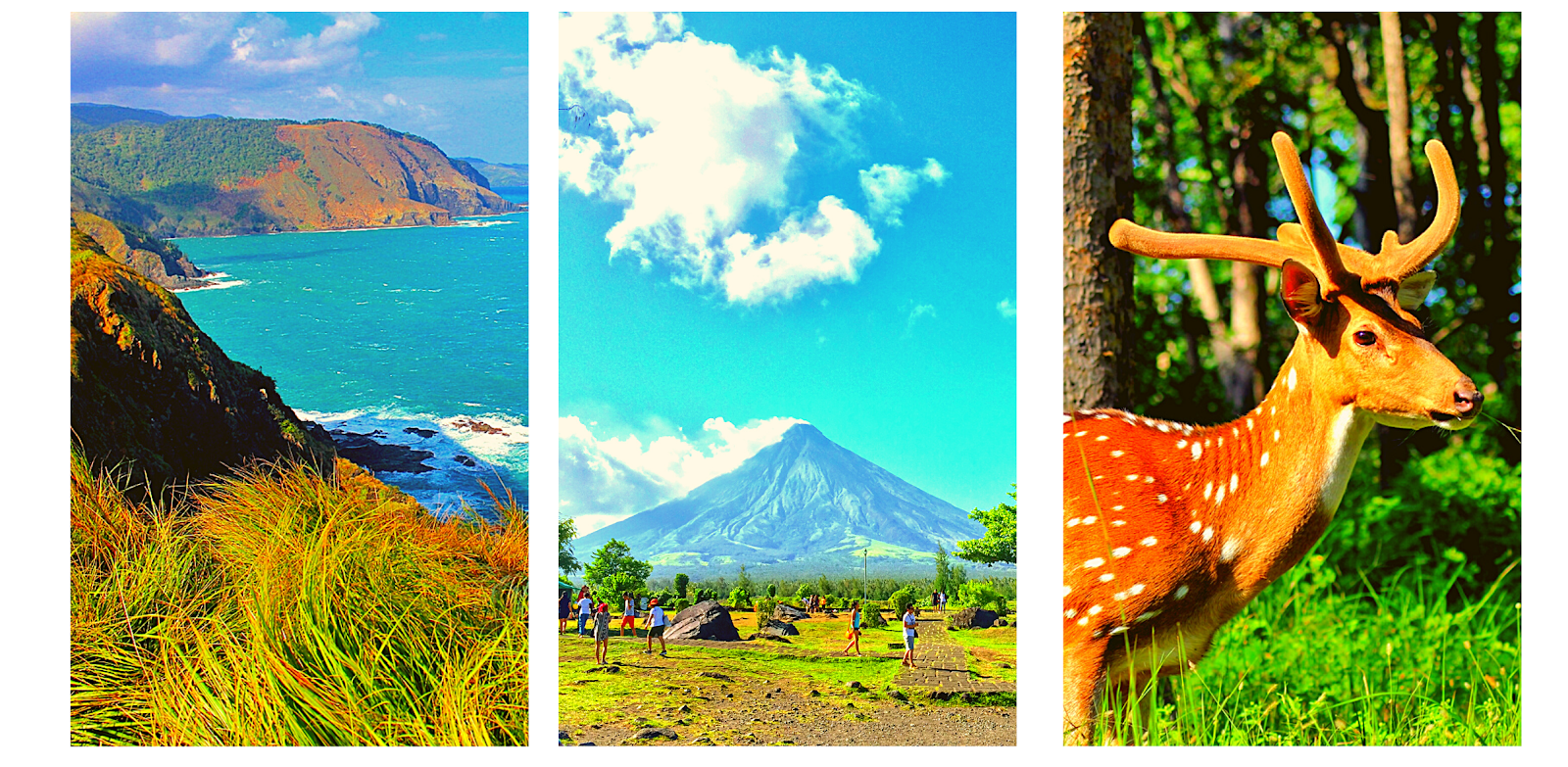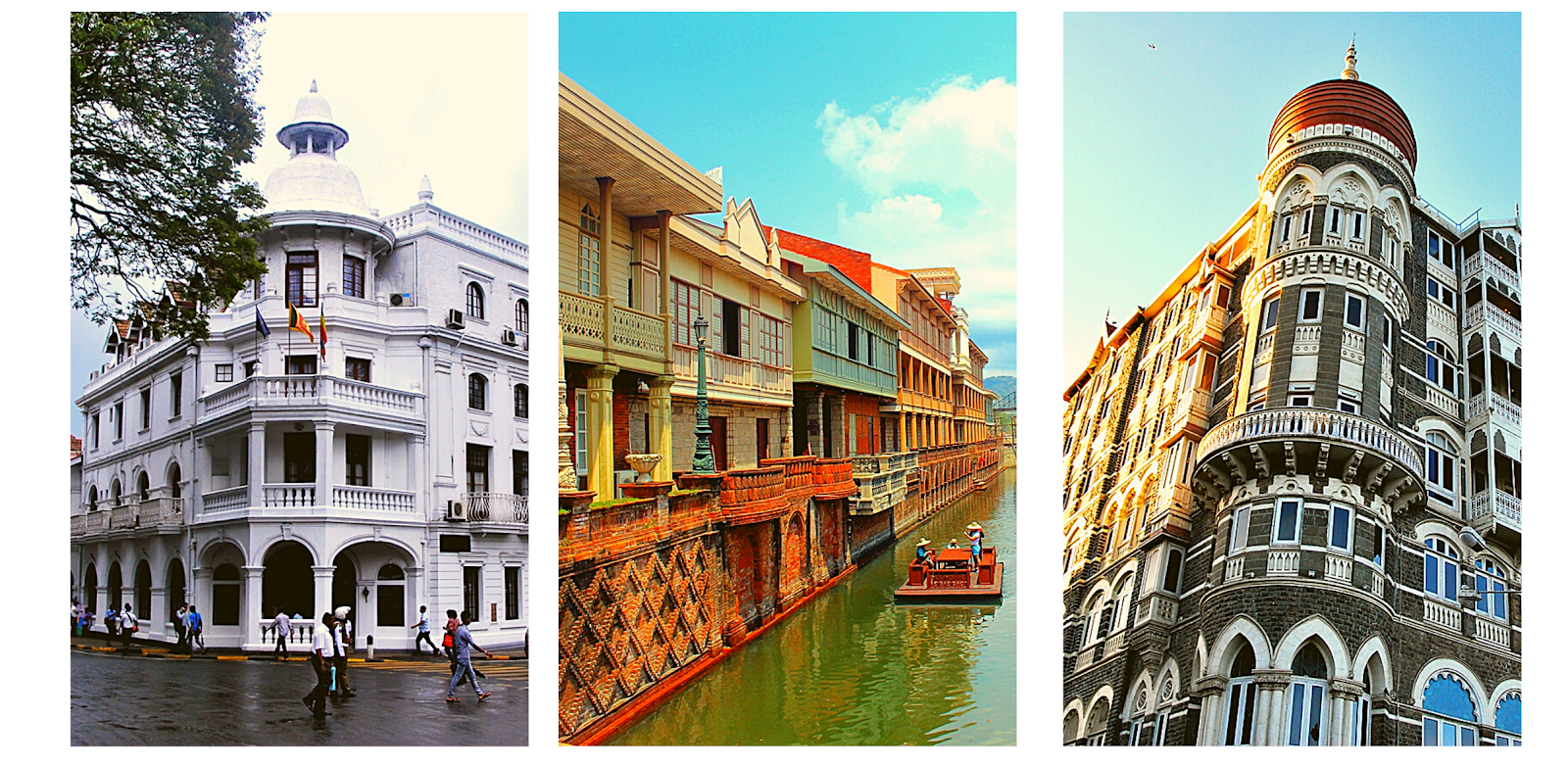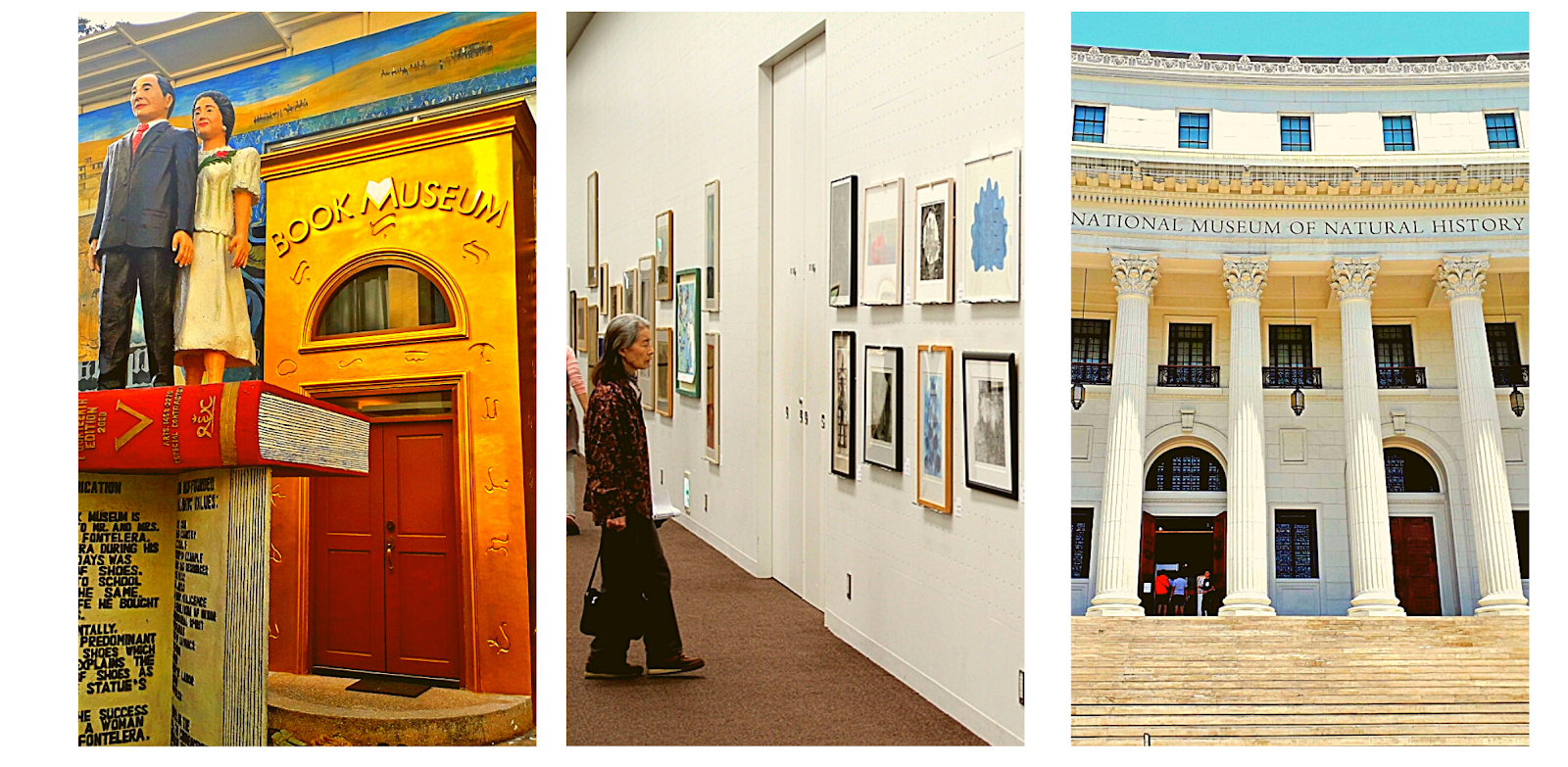It was raining when we woke up as the skies remained gloomy until it ceased. The night's drizzle are still evident on the dripping plants and trees around Villa Sylvia and the slippery and muddy lawn. We left Abigail's unopened Tanduay rum and Fundador to one of the caretakers as token of niceties. Abigail left the previous day after concluding our lake hopping trip in San Pablo to attend a family gathering. That left me and Cathy finishing off the weekend by checking out the Underground Cemetery in Nagcarlan.
The cemetery is easily accessible via a short jeepney ride from San Pablo to Nagcarlan. I was eager to visit this location because I'm becoming interested in old cemeteries. As someone who grew up celebrating country's tradition spending the day of the dead every November first in cemeteries, I've grown accustomed to reading tombstones and calculating the ages of the deceased by simply subtracting their year of death from their date of birth.
Imagining the state of the world in which they used to live. I can't imagine much if I only go to the newer cemeteries where they take the bones of those who have been dead for 20 years. That is why I dig older cemeteries housing the remains of those who departed in the 1900s until the 1940s. Those two worlds are unquestionably vastly different. And reading their tomb epitaph gives me a dreamy image of the world they were in when they died.
I saw a few buried at Nagcarlan Underground Cemetery dating back to both the pre and post-WWII. It then filled my mind with images of horror, war, and violent death, but I hope they just died from an illness brought on by the hardships of life at the time. I'll never know for sure, but knowing that they're at peace wherever their souls are right now gives me a calm and abrupt understanding of the cycle of life and death.
As you enter the cemetery, you will see a vaulted arched stone entrance and two iron grill gates. Inside, you'll be greeted by nearly perfectly landscaped grassy grounds that lead to a small baroque-style church. It was like a switch was turned on transporting us back in time. I hear Cathy voicing her apprehension about going inside the underground cemetery as the vibe became creepier as we crept inside. It would be amazing if the world around us reverted to 1845, when Father Vicente Belloc, a Franciscan priest, oversaw the construction of the underground cemetery. During the 1896 revolution, Laguna's revolutionary leaders used the crypt as a secret meeting place.
The Presidential Decree (P.D.) No. 1505 on July 11, 1978, which amended P.D. No. 260 of August 01, 1973, the Nagcarlan underground cemetery was proclaimed a Philippine historical landmark. Historic and somewhat creepy at the same time - yet its a charming cemetery if ever there's one, along with San Joaquin Cemetery its definitely among the most awesome permanent retirement places in the Philippines.
We stayed underground for a while, trying to read the epitaphs on each tomb and admiring the small but gothic setting with sunlight seeping through the well-placed windows and holes located along the walls, which produce enough illumination and complement its eerie dark corners.
As we climbed the stairs back into the small baroque chapel and out into the open ground, the rain began to fall again - there must have been many days like this when they were burying the dead in this cemetery in the old days, and the sky just shed tears profusely. Hearing the horns of passing vehicles on the road, one can sense the somber mood while also distinguishing the feeling of the past from the present.
I was relieved to be back in my own time, but grateful that I could at least imagine a time in the past thanks to the Nagcarlan Underground Cemetery's storied crypt. While waiting for the rain to stop, we sought refuge at the nearby St. Bartholomew the Apostle Church, which is made of brick and stone and has stood in the face of fire and other natural disasters since 1752. After the rain stopped for half an hour, Cathy and I hurriedly boarded another jeepney bound for Liliw.

